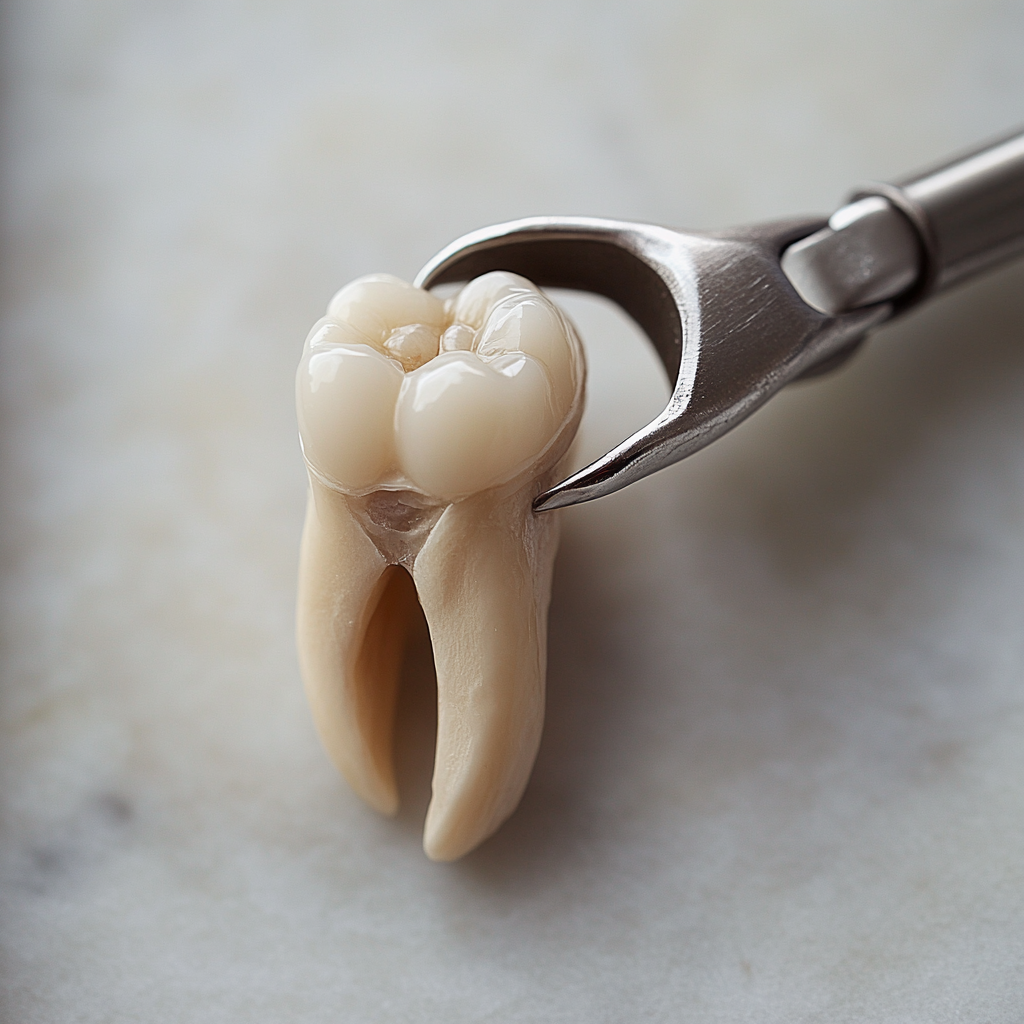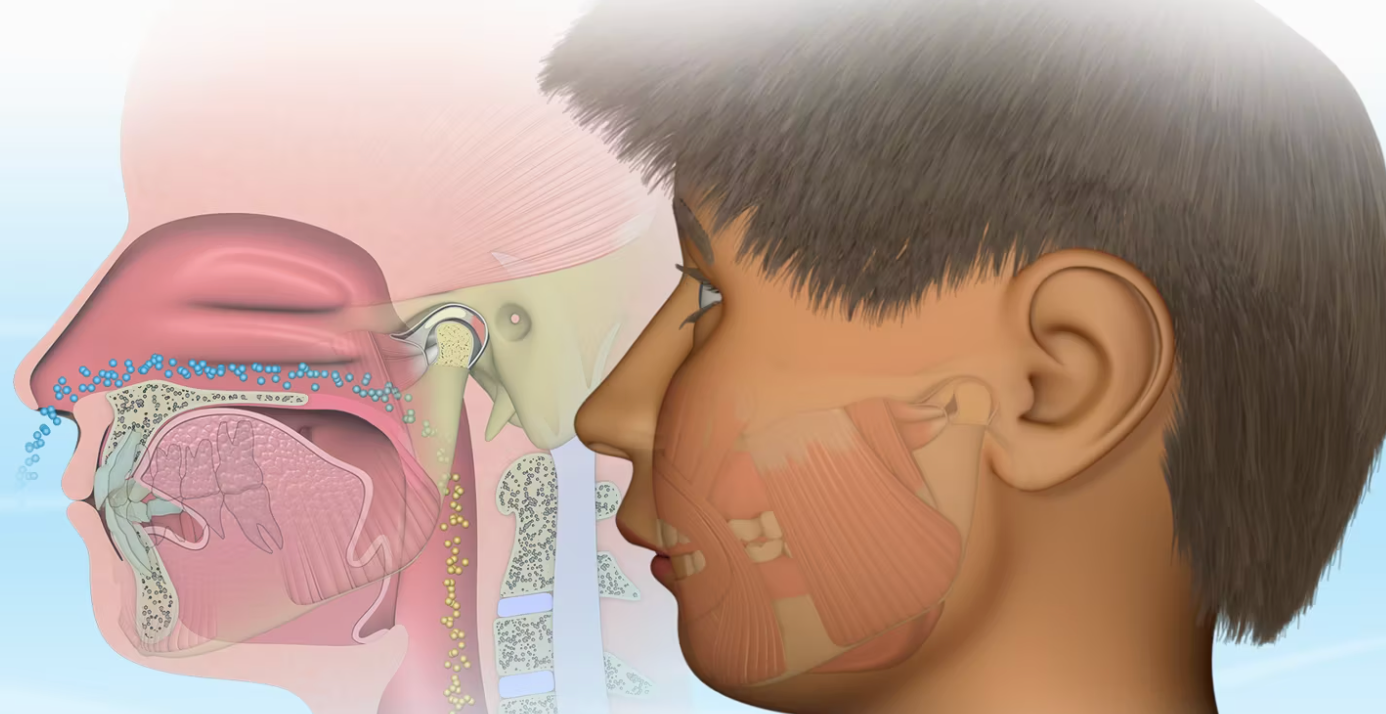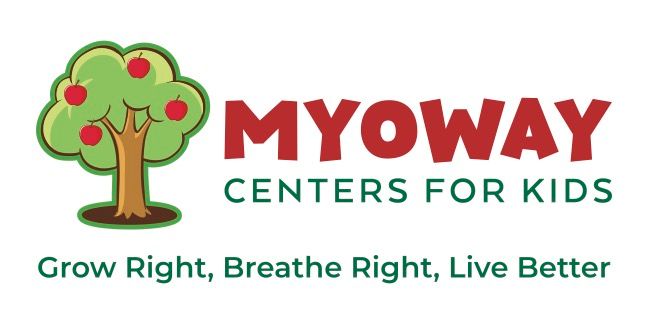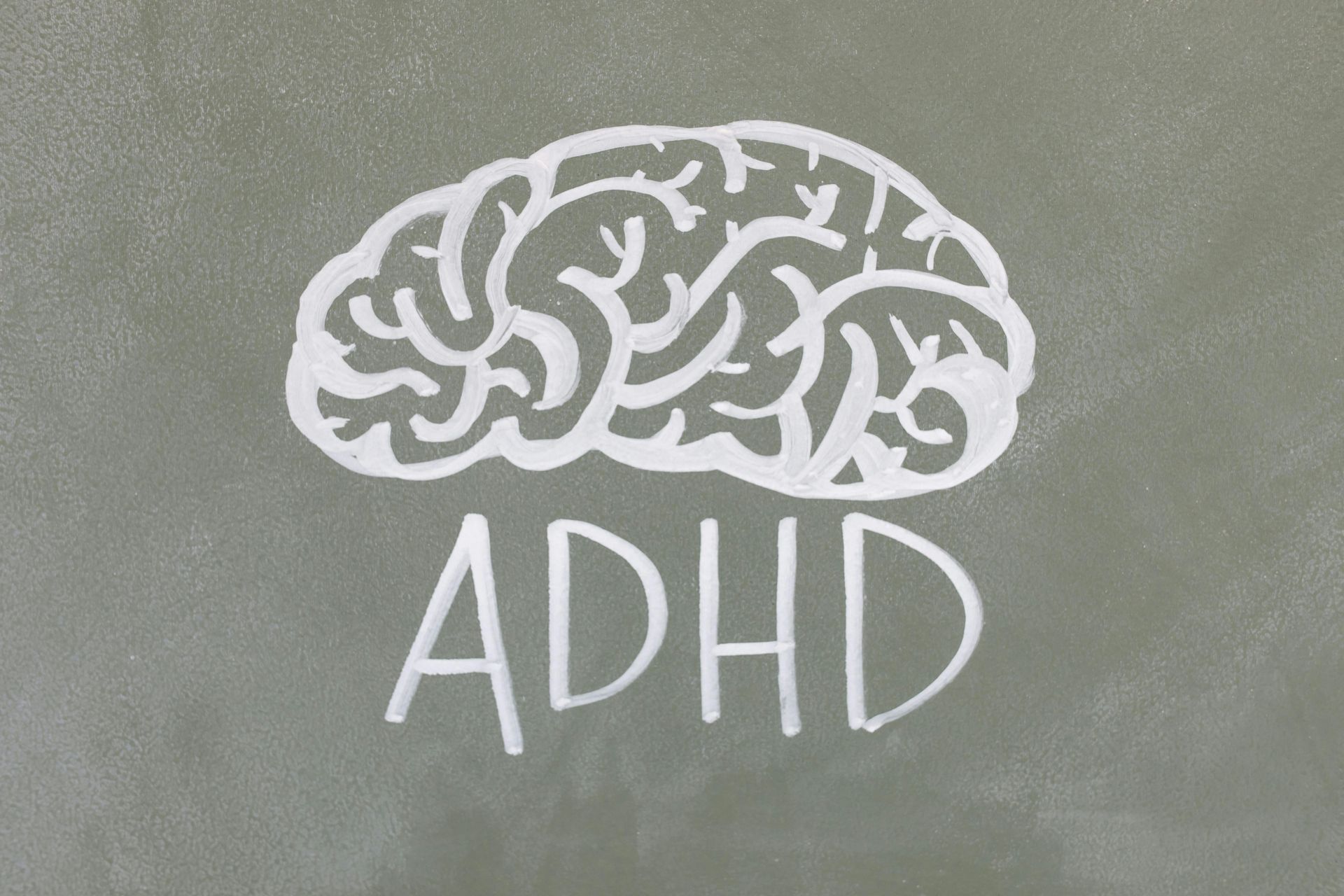Myofunctional Therapy Supports Proper Jaw Growth, Teeth Position, and Airway Development in Children
The early years of a child's life are critical for their overall health, particularly regarding jaw growth, teeth position, and airway development. Scientific research underscores the importance of these factors in promoting not only dental health but also respiratory function and overall physical well-being. This article explores the science behind proper jaw and airway development in children and its long-term implications.
Jaw Growth and Facial Development
Proper jaw growth is pivotal for the alignment of teeth and the structural integrity of the face. During childhood, the jaw undergoes significant changes, influenced by genetic factors, nutrition, and environmental elements, such as oral habits. Studies have shown that children who practice healthy oral behaviors—like chewing whole foods, avoiding prolonged thumb sucking or pacifier use—tend to develop more favorable jaw structures.
The maxillary (upper jaw) and mandibular (lower jaw) bones should grow proportionately to each other. Misalignment can lead to malocclusion (improper bite), which not only affects aesthetics but can also impair chewing and speech. Conditions like these tend to arise from early childhood habits like mouth breathing, which can lead to retrusive or underdeveloped jaws, resulting in various orthodontic issues.
Teeth Position
The alignment of teeth is intrinsically related to how well the jaw grows and develops. When the jaw grows properly, the teeth erupt more naturally aligned, which supports optimal dental function and aesthetics. Various studies show that a child’s facial and jaw structures are 60% developed by the age of 6 years, so early intervention to grow children’s jaws properly can correct misalignments early before the adult teeth fully erupt.
Evidence suggests that early evaluation—typically by age six—can identify potential issues with teeth positioning and jaw alignment. Early treatment may myofunctional therapy appliances can guide the growth of the jaw allowing room for the teeth to erupt straighter naturally. This proactive approach can prevent complicated dental procedures and surgeries later in life and promote better dental health.
Airway Development and Breathing Patterns
Airway development is another crucial aspect affected by jaw growth and teeth positioning. The alignment of the jaw influences the size and shape of the airway. Optimal jaw growth supports a well-developed airway from the nasal area and beyond to ensures that air flows freely during breathing. Conversely, improper jaw development can lead to airway obstruction, contributing to sleep-disordered breathing conditions, such as obstructive sleep apnea.
Mouth breathing, which often arises from airway restriction, can further exacerbate dental and facial issues while depriving children of necessary nasal breathing benefits. Nasal breathing promotes proper airway development and plays a role in filtering and humidifying the air, thus supporting lung health. Research indicates that children who breathe through their noses rather than their mouths tend to have better-defined jawlines and healthier teeth positioning.
Nutritional Influence
A child's diet significantly affects jaw development and teeth alignment. A nutrient-dense diet that includes whole foods, high in calcium and vitamin D, supports bone growth and density, impacting the jaw's structural framework. Foods that require thorough chewing can stimulate jaw muscle development, which is essential for the proper growth of bones.
How Myofunctional Therapy Can Help
Myofunctional therapy promotes healthy jaw and airway development by focusing on the proper alignment and functioning of the facial muscles associated with breathing, chewing, and swallowing. This therapy involves exercises that strengthen the tongue and orofacial muscles, encouraging nasal breathing and correct tongue posture, which is essential for optimal jaw growth and alignment.
By retraining and strengthening these muscles, myofunctional therapy helps prevent mouth breathing, reduces the risk of malocclusion, and supports an open and properly developed airway. As a result, it plays a crucial role in enhancing overall oral and respiratory health, particularly in children during their critical developmental years.
MyoWay Centers for Kids
MyoWay Centers for Kids is the first myofunctional therapy center solely focused on supporting proper jaw growth and airway development from at an early age, birth and up, by implementing myofunctional therapy using medical grade oral appliances that are aimed at developing the jaws and airways properly. Parents and caregivers are encouraged to prioritize evaluations and treatments to foster optimal jaw and airway development, ensuring a strong foundation for their children's health and well-being throughout life. While there are many indicators of improper jaw and airway growth, the centers Certified Orofacial Myologists encourage parent to look out for these top 5 indicators:
- Snoring
- Mouth Breathing
- Crowded Teeth
- Excessive Tiredness
- Attention or Behavior Problems
By understanding and addressing these elements early, we can contribute to healthier futures for our children.
Evaluations are free so call
(724) 765-0001 or book your appointment on line at
www.myowaycenters.com











